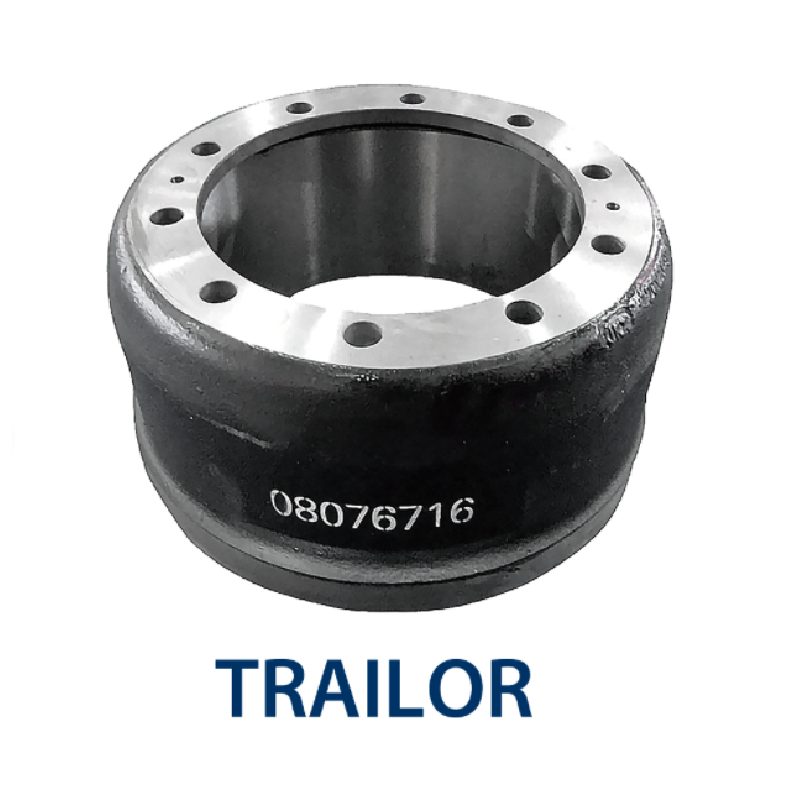Sep . 14, 2024 22:08 Back to list
how long do brake drums and shoes last
How Long Do Brake Drums and Shoes Last?
The braking system of a vehicle is one of the most critical components for safety and performance. Among the parts that make up this system, brake drums and shoes play a vital role, especially in vehicles equipped with drum brakes. Understanding the lifespan of brake drums and shoes can help maintain optimal braking performance and ensure safety on the road.
Brake drums and shoes are designed to work together to slow down or stop the vehicle. Typically, brake shoes are made of a friction material that presses against the inner surface of the brake drum, generating the necessary friction to halt the rotation of the wheels. The lifespan of these components can vary significantly based on several factors.
Driving Conditions One of the primary factors affecting the longevity of brake drums and shoes is the driving environment. Urban driving, with its frequent stops and starts, can lead to quicker wear compared to highway driving, where brake use is less frequent. Drivers who often navigate hilly terrain may also find that their brake components wear out faster due to the increased demand on the braking system.
Driving Habits Aggressive driving habits, such as rapid acceleration, hard braking, and frequent high-speed driving, can dramatically reduce the lifespan of brake shoes and drums. Smooth driving not only extends the life of these components but also improves fuel efficiency.
how long do brake drums and shoes last

Material Quality The quality of the brake shoes and drums is another crucial factor. High-performance materials generally last longer than standard options, but they may come at a higher price. Investing in quality components can pay off in the long run, potentially reducing the frequency of replacements.
Maintenance Regular inspections and maintenance can help identify any issues early on. It’s essential to check for signs of wear and tear, such as grooves or scoring on the drums and diminishing thickness of the brake shoes. Keeping the brake system clean and free from debris can also prolong the life of these components.
On average, brake shoes can last between 30,000 to 70,000 miles, while brake drums may last even longer, sometimes reaching up to 200,000 miles if properly maintained. However, these figures can vary based on the aforementioned factors.
In summary, the lifespan of brake drums and shoes is influenced by driving conditions, habits, material quality, and maintenance practices. Being proactive about vehicle care and understanding the significance of your braking components can lead to safer driving and potentially reduced costs in the long term. Regularly checking and replacing these parts as needed is key to ensuring they perform effectively, providing peace of mind while you’re on the road.
-
ROR Web Development: Build Fast, Scalable, Secure Apps
NewsAug.17,2025
-
Scania Brake Drums: OEM Quality for Optimal Safety & Durability
NewsAug.16,2025
-
R.V.I: Advanced Remote Visual Inspection for Precision
NewsAug.15,2025
-
Discover HYUNDA: Innovative Vehicles, Equipment & Solutions
NewsAug.14,2025
-
R.V.I: Unlock Advanced Insights & Real-time Performance
NewsAug.13,2025
-
Kamaz Brake Drum: Durable & Reliable for Heavy Duty Trucks
NewsAug.12,2025
